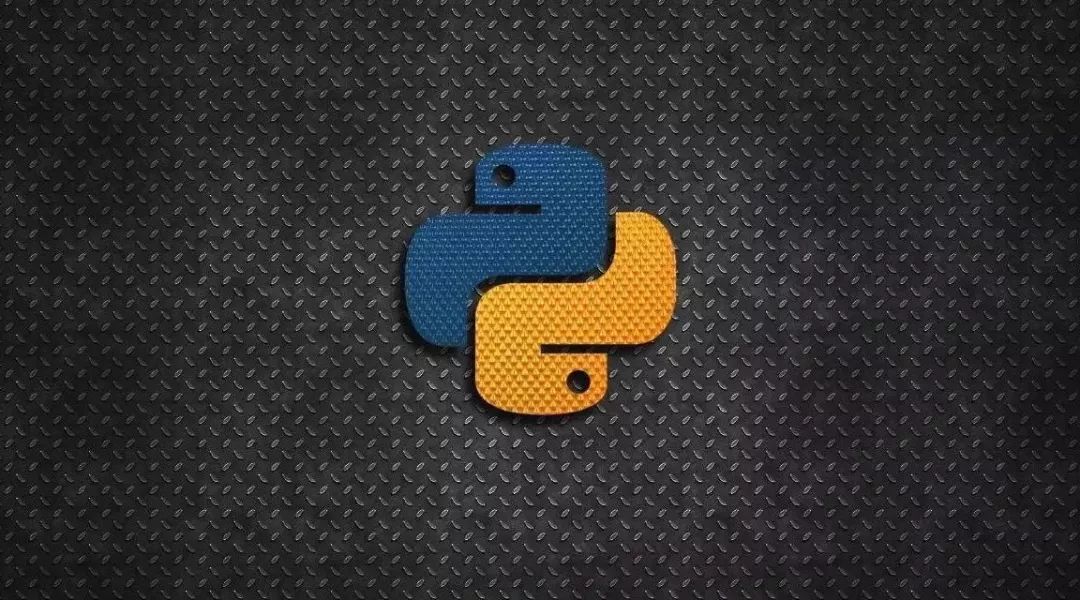Python 炫技操作(02):合并字典的七种方法
点击上方“Python编程时光”,选择“加为星标”
第一时间关注Python技术干货!

系列导读
Python 语言里有许多(而且是越来越多)的高级特性,是 Python 发烧友们非常喜欢的。在这些人的眼里,能够写出那些一般开发者看不懂的高级特性,就是高手,就是大神。
但你要知道,在团队合作里,炫技是大忌。
为什么这么说呢?我说下自己的看法:
越简洁的代码,越清晰的逻辑,就越不容易出错;
在团队合作中,你的代码不只有你在维护,降低别人的阅读/理解代码逻辑的成本是一个良好的品德
简单的代码,只会用到最基本的语法糖,复杂的高级特性,会有更多的依赖(如语言的版本)
该篇是「炫技系列」的第二篇内容,在这个系列里,我将总结盘点一下,我所见过的那些炫技操作。在这里,如果你是 Python 发烧友,你可以学到一些写出超酷的代码书写技巧。同时,看了这些内容,对你在阅读别人的代码时,也许会有些帮助。
1. 最简单的原地更新
字典对象内置了一个 update 方法,用于把另一个字典更新到自己身上。
>>> profile = {"name": "xiaoming", "age": 27}
>>> ext_info = {"gender": "male"}
>>>
>>> profile.update(ext_info)
>>> print(profile)
{'name': 'xiaoming', 'age': 27, 'gender': 'male'}
如果想使用 update 这种最简单、最地道原生的方法,但又不想更新到自己身上,而是生成一个新的对象,那请使用深拷贝。
>>> profile = {"name": "xiaoming", "age": 27}
>>> ext_info = {"gender": "male"}
>>>
>>> from copy import deepcopy
>>>
>>> full_profile = deepcopy(profile)
>>> full_profile.update(ext_info)
>>>
>>> print(full_profile)
{'name': 'xiaoming', 'age': 27, 'gender': 'male'}
>>> print(profile)
{"name": "xiaoming", "age": 27}
2. 先解包再合并字典
使用 ** 可以解包字典,解包完后再使用 dict 或者 {} 就可以合并。
>>> profile = {"name": "xiaoming", "age": 27}
>>> ext_info = {"gender": "male"}
>>>
>>> full_profile01 = {**profile, **ext_info}
>>> print(full_profile01)
{'name': 'xiaoming', 'age': 27, 'gender': 'male'}
>>>
>>> full_profile02 = dict(**profile, **ext_info)
>>> print(full_profile02)
{'name': 'xiaoming', 'age': 27, 'gender': 'male'}
若你不知道 dict(**profile, **ext_info) 做了啥,你可以将它等价于
>>> dict((("name", "xiaoming"), ("age", 27), ("gender", "male")))
{'name': 'xiaoming', 'age': 27, 'gender': 'male'}
3. 借助 itertools
在 Python 里有一个非常强大的内置模块,它专门用于操作可迭代对象。
正好我们字典也是可迭代对象,自然就可以想到,可以使用 itertools.chain() 函数先将多个字典(可迭代对象)串联起来,组成一个更大的可迭代对象,然后再使用 dict 转成字典。
>>> import itertools
>>>
>>> profile = {"name": "xiaoming", "age": 27}
>>> ext_info = {"gender": "male"}
>>>
>>>
>>> dict(itertools.chain(profile.items(), ext_info.items()))
{'name': 'xiaoming', 'age': 27, 'gender': 'male'}
4. 借助 ChainMap
如果可以引入一个辅助包,那我就再提一个, ChainMap 也可以达到和 itertools 同样的效果。
>>> from collections import ChainMap
>>>
>>> profile = {"name": "xiaoming", "age": 27}
>>> ext_info = {"gender": "male"}
>>>
>>> dict(ChainMap(profile, ext_info))
{'name': 'xiaoming', 'age': 27, 'gender': 'male'}
使用 ChainMap 有一点需要注意,当字典间有重复的键时,只会取第一个值,排在后面的键值并不会更新掉前面的(使用 itertools 就不会有这个问题)。
>>> from collections import ChainMap
>>>
>>> profile = {"name": "xiaoming", "age": 27}
>>> ext_info={"age": 30}
>>> dict(ChainMap(profile, ext_info))
{'name': 'xiaoming', 'age': 27}
5. 使用dict.items() 合并
在 Python 3.9 之前,其实就已经有 | 操作符了,只不过它通常用于对集合(set)取并集。
利用这一点,也可以将它用于字典的合并,只不过得绕个弯子,有点不好理解。
你得先利用 items 方法将 dict 转成 dict_items,再对这两个 dict_items 取并集,最后利用 dict 函数,转成字典。
>>> profile = {"name": "xiaoming", "age": 27}
>>> ext_info = {"gender": "male"}
>>>
>>> full_profile = dict(profile.items() | ext_info.items())
>>> full_profile
{'gender': 'male', 'age': 27, 'name': 'xiaoming'}
当然了,你如果嫌这样太麻烦,也可以简单点,直接使用 list 函数再合并(示例为 Python 3.x )
>>> profile = {"name": "xiaoming", "age": 27}
>>> ext_info = {"gender": "male"}
>>>
>>> dict(list(profile.items()) + list(ext_info.items()))
{'name': 'xiaoming', 'age': 27, 'gender': 'male'}
若你在 Python 2.x 下,可以直接省去 list 函数。
>>> profile = {"name": "xiaoming", "age": 27}
>>> ext_info = {"gender": "male"}
>>>
>>> dict(profile.items() + ext_info.items())
{'name': 'xiaoming', 'age': 27, 'gender': 'male'}
6. 最酷炫的字典解析式
Python 里对于生成列表、集合、字典,有一套非常 Pythonnic 的写法。
那就是列表解析式,集合解析式和字典解析式,通常是 Python 发烧友的最爱,那么今天的主题:字典合并,字典解析式还能否胜任呢?
当然可以,具体示例代码如下:
>>> profile = {"name": "xiaoming", "age": 27}
>>> ext_info = {"gender": "male"}
>>>
>>> {k:v for d in [profile, ext_info] for k,v in d.items()}
{'name': 'xiaoming', 'age': 27, 'gender': 'male'}
7. Python 3.9 新特性
在 2 月份发布的 Python 3.9.04a 版本中,新增了一个抓眼球的新操作符操作符:|, PEP584 将它称之为合并操作符(Union Operator),用它可以很直观地合并多个字典。
>>> profile = {"name": "xiaoming", "age": 27}
>>> ext_info = {"gender": "male"}
>>>
>>> profile | ext_info
{'name': 'xiaoming', 'age': 27, 'gender': 'male'}
>>>
>>> ext_info | profile
{'gender': 'male', 'name': 'xiaoming', 'age': 27}
>>>
>>>
除了 | 操作符之外,还有另外一个操作符 |=,类似于原地更新。
>>> ext_info |= profile
>>> ext_info
{'gender': 'male', 'name': 'xiaoming', 'age': 27}
>>>
>>>
>>> profile |= ext_info
>>> profile
{'name': 'xiaoming', 'age': 27, 'gender': 'male'}
看到这里,有没有涨姿势了,学了这么久的 Python ,没想到合并字典还有这么多的方法。本篇文章的主旨,并不在于让你全部掌握这 7 种合并字典的方法,实际上,你只要选用一种最顺手的方式即可。
但是在协同工作中,或者在阅读他人代码时,你不可避免地会碰到各式各样的写法,这时候你能下意识的知道这是在做合并字典的操作,那这篇文章就是有意义的。
明哥原创文都已传至 Github:https://github.com/iswbm/PythonCodingTime
本文永久博客链接:http://python.iswbm.com/en/latest/c01/c01_39.html
最后,想看更多这个系列的朋友,请帮忙 转发文章、或者 点个在看,只有看的人多了,我的更新速度也才能快起来。

推荐阅读
长按下图 ➡ 关注博主
(按左边关注 Python, 按右边关注 Goalng)
